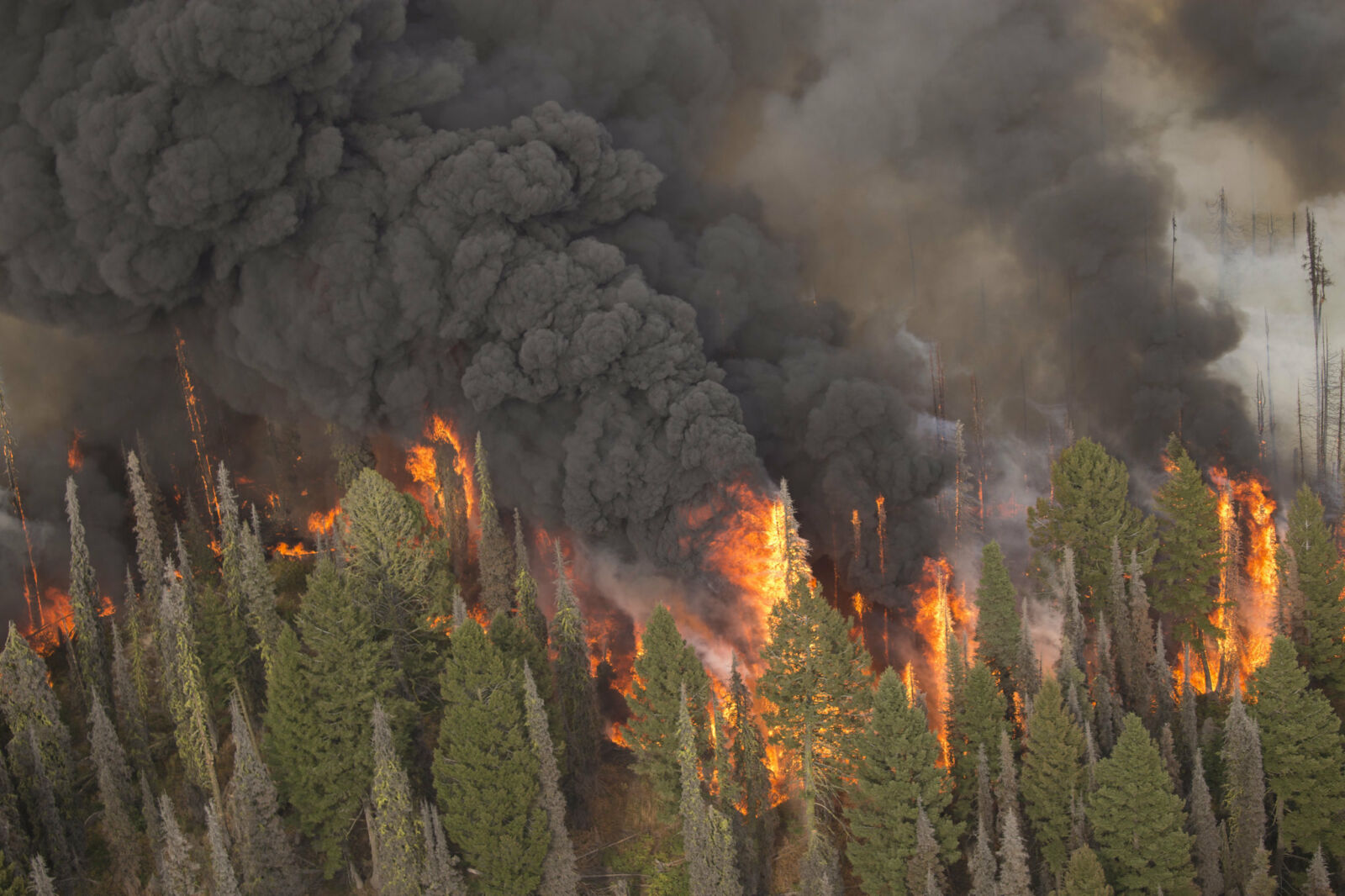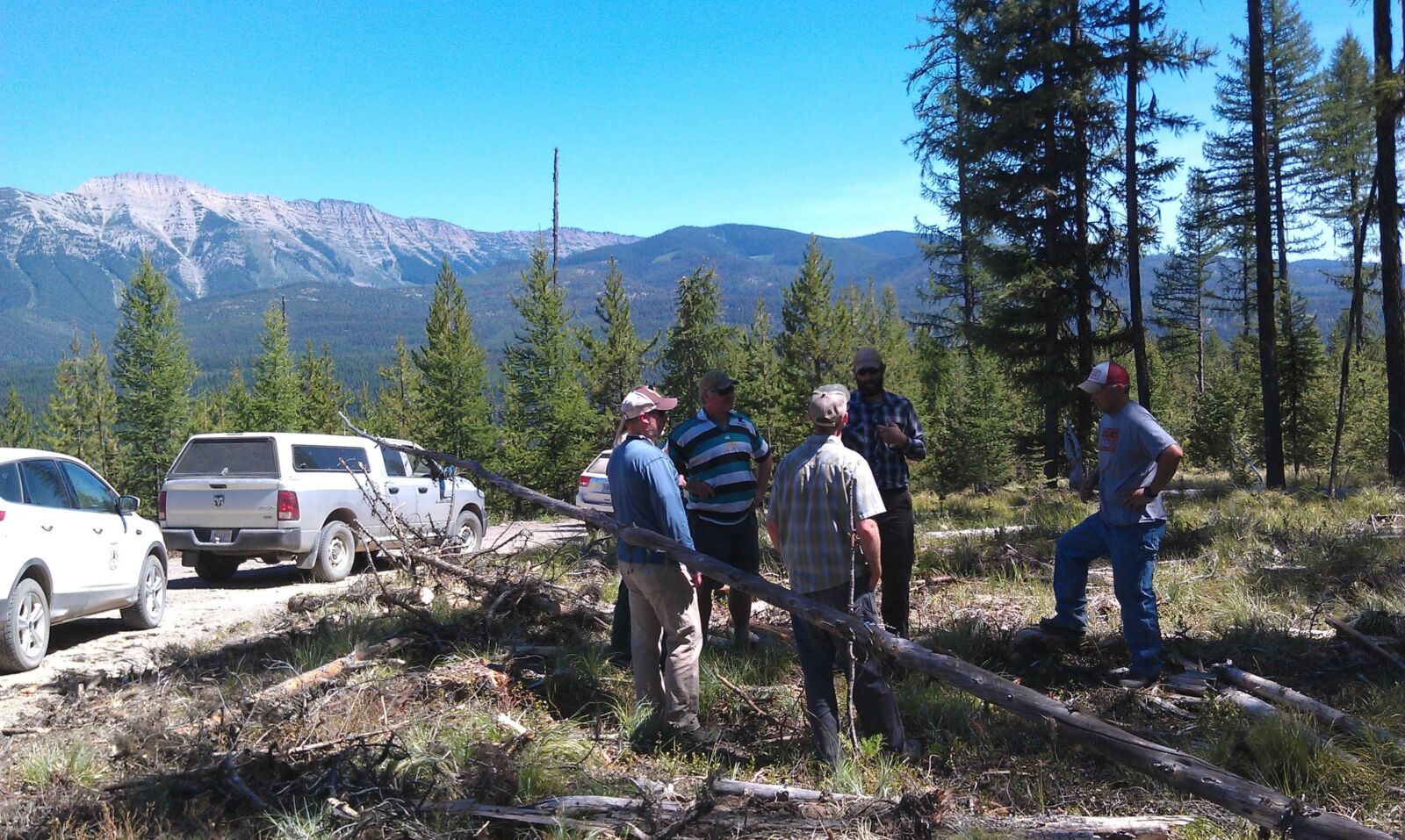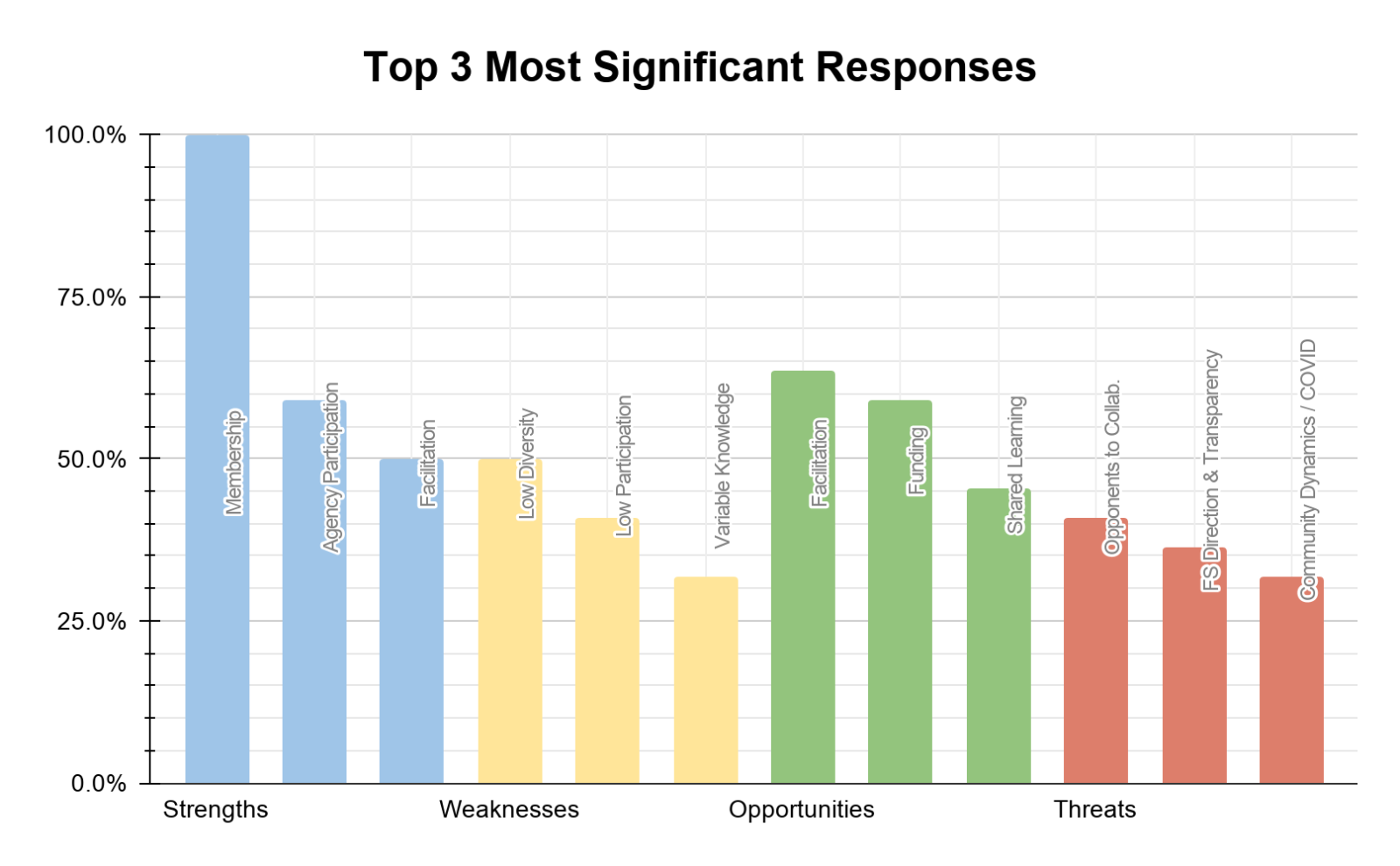Many states across the Intermountain West have experienced an increase in wildfire severity and prevalence, coupled with the damaging impacts of insects and diseases, all of which are further compounded by the impacts of climate change. As a result, these factors have degraded our forested lands and disrupted natural ecosystem processes, while also threatening local livelihoods and property. In response, local community members have created forest-based collaborative groups in partnership with land management agencies to address these issues while also trying to achieve multiple forest objectives.

Collaboration and Forest Management
Effective collaborative processes integrate good-faith communication, inclusive participation, and shared commitments, all within a transparent and fair process (Panel on Public Participation, 2008 and Building Collaborative Relationships, National Forest Foundation). Within this process, diverse stakeholders – ranchers, conservationists, wood products industry, miners, forest managers, hunters, anglers, motorized and non-motorized recreationists, among others – come together to explore common ground solutions to natural resource issues. In this way, collaboration has become a valued approach for incorporating a diversity of interests, knowledge systems, experiences, and resources into well-informed and effective management plans. Due to these benefits, collaborative approaches to natural resource management have increased significantly across the West, with Idaho seeing a 53% increase in collaborative restoration efforts between 2013 and 2017, as reported by Idaho Forest Restoration Partnership.
Examining Collaborative Groups
To examine collaborative work more closely and to understand what is or is not working well, the National Forest Foundation (NFF), through its Conservation Connect program, decided to conduct a Strength, Weaknesses, Opportunities, and Threats (SWOT) analysis of forest-based collaborative groups in Montana and Idaho.
The SWOT analysis method identifies both the internal (i.e., membership) and external (i.e., COVID-19) factors influencing collaborative groups. To gain these insights, the NFF conducted interviews with 23 collaborative groups: 14 from Montana and 9 from Idaho. The interview questions were open-ended and responses were un-prompted (i.e., interviewees did not select a response from a pre-determined list). As such, this study highlights the voice of the collaborative members and their self-reported perspectives.

Research Results
From our SWOT analysis, we identified the top 3 most significant Strengths as group membership (100%), participation from federal and states agencies as well as elected officials (59%), and facilitative support (50%). Significant Weaknesses include low membership diversity (50%), low member participation (41%), and varying levels of membership knowledge (32%). Additional weaknesses include a lack of funding (32%) and ineffective group process/functioning (32%). The top three Opportunities include facilitative support (64%), funding (59%), and shared learning (45%). The top three Threats are opponents to the collaborative process (41%), the challenges presented by working in close relations with the U.S. Forest Service (36%) and, tied for third, both community dynamics and the COVID-19 pandemic (32%).

The Significance of People
Collaborative group membership was identified as the greatest internal strength (due to committed members that have built relationships and trust), while also existing as the greatest potential weakness (due to a lack of membership diversity, low participation and variable levels of membership knowledge). Similarly, those who reside outside of the collaborative group and oppose the collaborative process or are unwilling to compromise, were viewed as the greatest external threat. As such, people have the greatest ability to positively or negatively influence the effectiveness of collaborative groups and their ability to achieve desired outcomes - all of which influences the planning and management of our National Forests.
Your voice and your participation matter to the future of our National Forests.
To carry this work forward, the NFF is looking to host conversations with collaborative practitioners to identify resources and services that are currently available to support collaborative work while also outlining those that need to be expanded or made more accessible. Additionally, these conversations will produce joint recommendations for collaborative groups to enable them to address their identified needs. In doing so, the overall goal is to strengthen the capacity of forest-based collaborative groups and to enhance their ability to achieve desired outcomes.
The NFF thanks Idaho Department of Lands, Idaho Forest Group, and the Montana Department of Natural Resources and Conservation for supporting the SWOT project.

